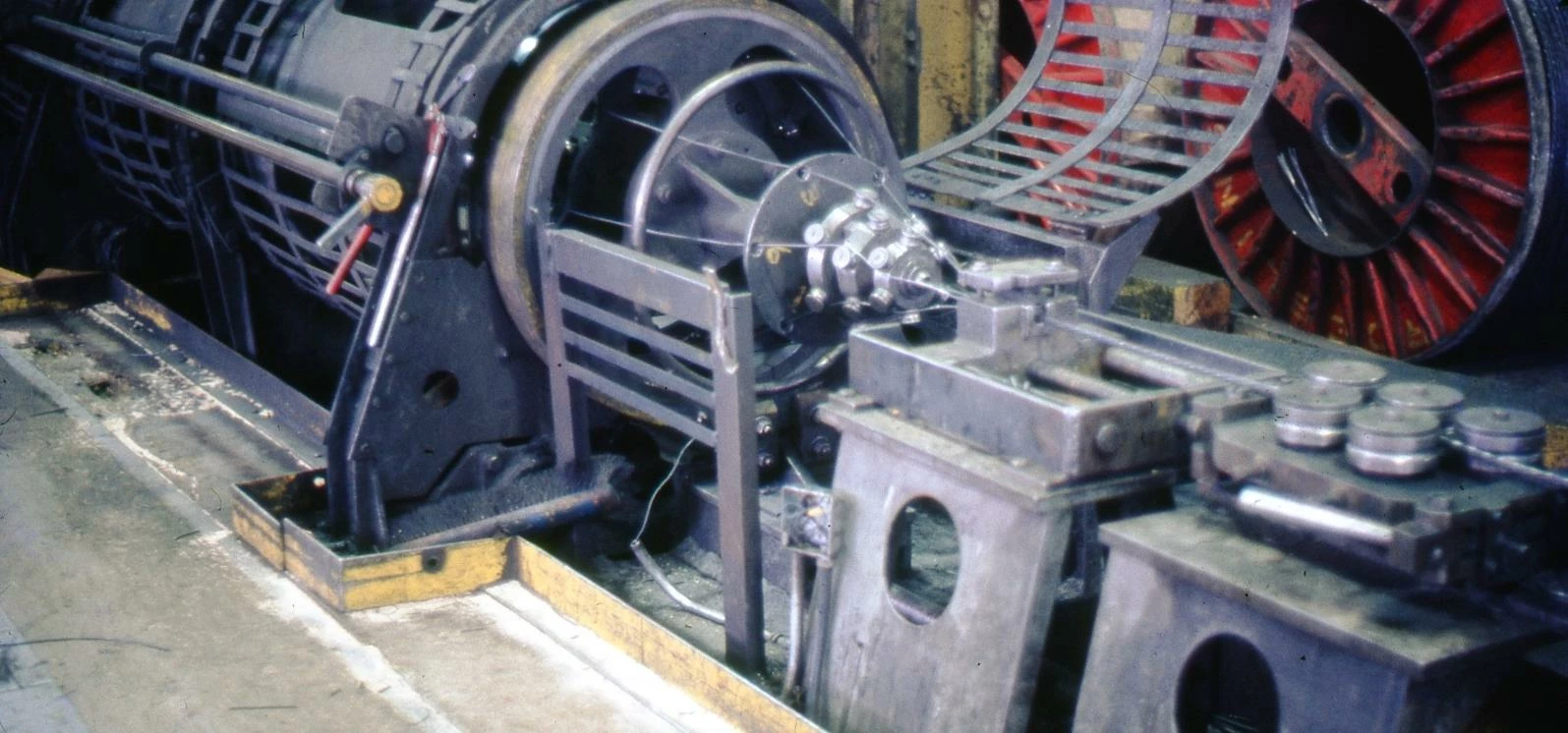
Partner Article
Is there a future for the manufacturing sector?
We are barely into 2016 and there are already reports about the gloomy future of the manufacturing industry over the next year. With domestic and export levels falling below pre-recession levels, the British Chamber of Commerce (BCC) feels the sector is ‘close to stagnation’.[1]
It comes down to this: it is simply not possible to put all our eggs in one basket. Whilst the services sector, which accounts for more than three-quarters of economic activity and ranges from shops and hotels to banking, maintained its growth in the lead up to Christmas, there is no guarantee that this will continue. In fact, findings already show that expectations for business activity in this sector over the next 12 months were the weakest for almost three years.[2]
With this in mind, there is even more urgency for the manufacturing industry to reverse the recent downward spiral in order to benefit the UK’s struggling economic growth. In order to prosper however, it needs clear investment through an industrial strategy. It is as simple and straightforward as that. The BCC suggests the government needs to focus on improving workers’ skills, upgrade outdated infrastructure and allow small firms access to the same cheap credit available to major businesses and I’m inclined to agree.
The industry needs to feel the presence of support, and feel the confidence from the top that the issue can be tackled. To do this, there is a clear need for the government to pledge investment in innovation and skills to boost exportation, enhance manufacturing growth and improve productivity.
This level of visible support would hopefully spur on manufacturers themselves to invest in their industry, specifically in innovation, training and product & process tools which can support decision making and action taking. Modern enterprise resource planning (ERP) platforms, for example, give organisations the ability to analyse business conditions and develop improved business plans, monitor and measure progress and provide visibility into day-to-day operations.
Responsiveness and faster decision making could be key. This can include insight of capacity requirements planning, work order management, job costing, product data management and production planning and scheduling, all of which can help manufacturers to ensure processes are streamlined and cost effective. Planning and budgeting on an annual basis, especially considering the current state of the economy, is no longer possible.
There are numerous risks to economic growth in 2016, including the cost impact of the living wage, government spending cuts, a potential hike in interest rates, global economic growth jitters and, of course, the possible EU exit. However, the manufacturing industry is a key part of Britain’s past and it remains a vital sector for the UK economy. The government needs to show it understands this and is willing to support it, and organisations need to be resilient in times of trouble and ensure they are doing all they can to invest and innovate.
Looking ahead, all eyes will be on the government’s plans for growth and it will be interesting to see what action it takes when tackling this ever present issue. It is one that is growing in importance and with the current global uncertainties, there needs to be a focus on our home-grown assets and the important sectors that make up the British economy.
[1] http://www.britishchambers.org.uk/press-office/press-releases/bcc-positive-economic-growth-but-manufacturing-exports-slump.html
[2] https://www.markiteconomics.com/Survey/PressRelease.mvc/f3ac99da6c0e4ba1a0295840226145a4
This was posted in Bdaily's Members' News section by Epicor Software .
Enjoy the read? Get Bdaily delivered.
Sign up to receive our popular morning National email for free.








 2000 reasons for North East business positivity
2000 reasons for North East business positivity
 How to make your growth strategy deliver in 2026
How to make your growth strategy deliver in 2026
 Powering a new wave of regional screen indies
Powering a new wave of regional screen indies
 A new year and a new outlook for property scene
A new year and a new outlook for property scene
 Zero per cent - but maximum brand exposure
Zero per cent - but maximum brand exposure
 We don’t talk about money stress enough
We don’t talk about money stress enough
 A year of resilience, growth and collaboration
A year of resilience, growth and collaboration
 Apprenticeships: Lower standards risk safety
Apprenticeships: Lower standards risk safety
 Keeping it reel: Creating video in an authenticity era
Keeping it reel: Creating video in an authenticity era
 Budget: Creating a more vibrant market economy
Budget: Creating a more vibrant market economy
 Celebrating excellence and community support
Celebrating excellence and community support
 The value of nurturing homegrown innovation
The value of nurturing homegrown innovation